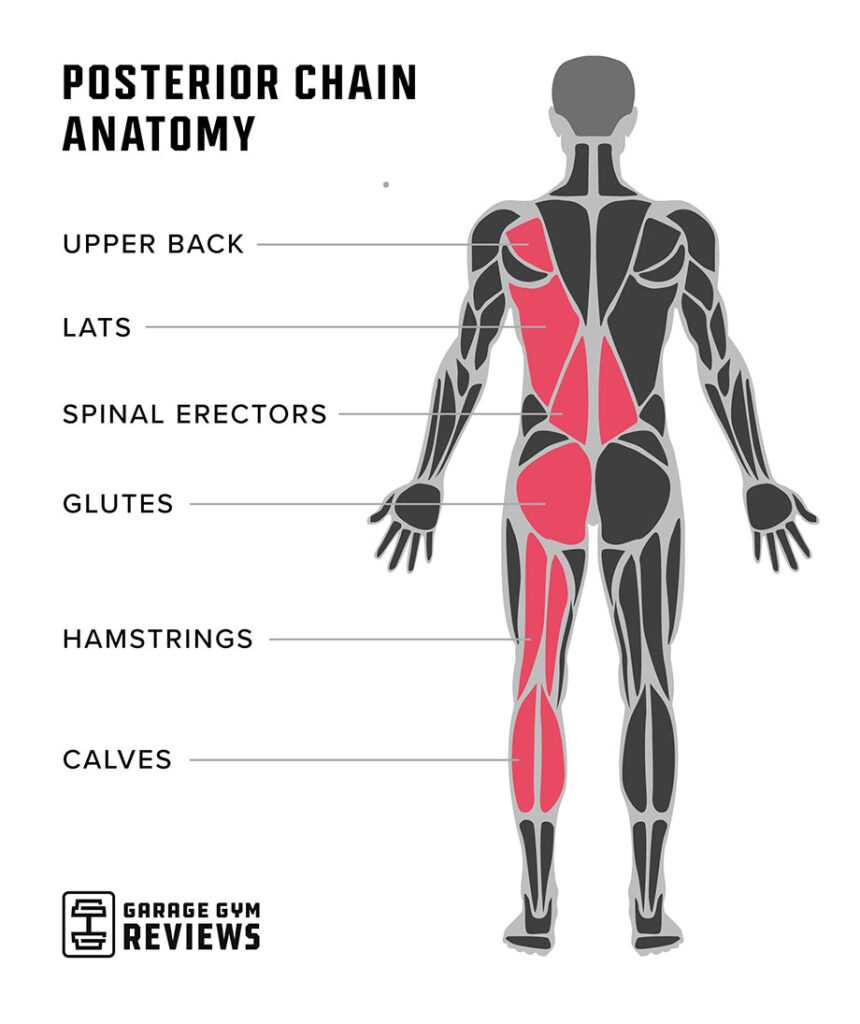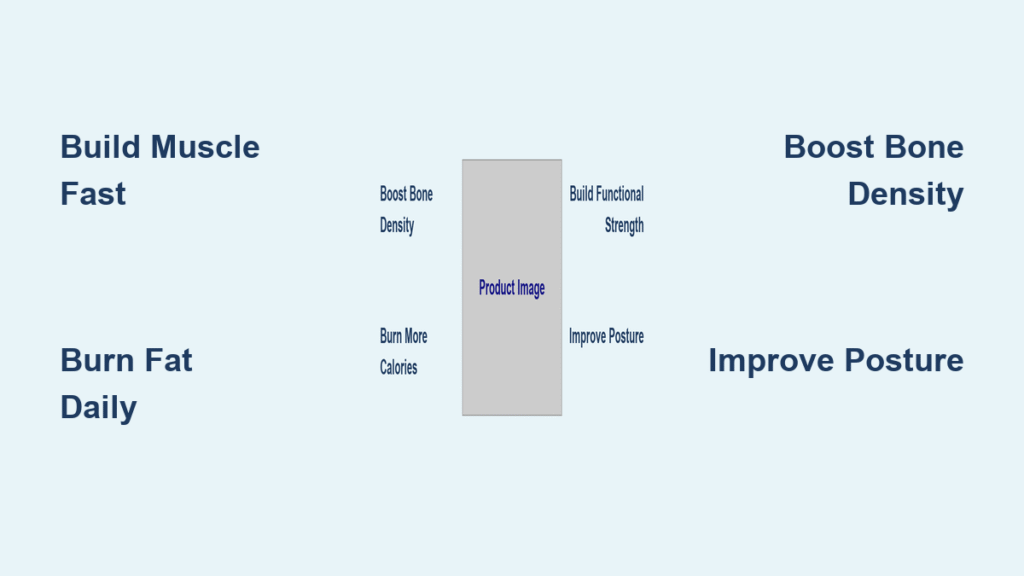You’re walking the same route you’ve taken for years, but today your calves fire with each step, your core locks tight, and your heart pounds like you’re sprinting—all while moving at a normal pace. That’s the immediate power of a weighted vest for men. No longer just military gear, this simple tool transforms everyday movement into a full-body strength builder, bone density booster, and metabolic accelerator. For men juggling careers and family, it delivers gym-quality results during commutes, chores, or lunch breaks. Below, you’ll discover exactly how to leverage weighted vest benefits for men—with science-backed protocols, safety guardrails, and real-world results you can replicate starting today.
How Weighted Vests Build Muscle & Bone Density in Men

Why Your Calves, Glutes, and Core Work Harder Instantly
Strapping on a vest forces every muscle group to recruit extra fibers under load. Your calves fire intensely with each step, glutes and quads engage deeper during squats, and your entire core stabilizes against the shifting weight. Unlike gym machines that isolate muscles, the vest creates natural resistance during walking, push-ups, or even carrying groceries. Men over 40 report feeling “taller and stronger” within days as upper-back muscles (rhomboids and lower traps) automatically pull shoulders back—fighting years of desk-slump posture. For maximum muscle stimulation, start with 5–8 lbs during 20-minute walks. You’ll see visible definition in your posterior chain within 4 weeks as mechanical tension triggers protein synthesis.
Stop Age-Related Bone Loss Before It Starts
Men lose 1% of bone density annually after 50, raising fracture risks. Weighted vests combat this by amplifying ground-reaction forces. Every footstrike sends shockwaves through your skeleton, signaling osteoblasts to deposit new bone matrix—especially critical in the hips and spine. In a Wake Forest study, older men wearing vests 6 hours daily maintained hip bone mass during weight loss, while controls lost density. Critical safety tip: If you have osteoporosis, cap weight at 5 lbs initially and avoid jumping. Focus on slow, controlled walks to maximize bone-building signals without joint stress.
Fat Loss & Cardio Gains You Can’t Get on Treadmills

Burn 40% More Calories Walking to Your Mailbox
A 10 kg vest makes a 30-minute walk burn calories like a 45-minute run—without the joint impact. Research shows men wearing vests burn up to 40% more energy per minute during daily movement. One Men’s Health trial saw participants lose 1.25 kg of fat in 7 days wearing vests during work commutes—with no diet changes. This happens because:
– Gravitostat theory: Your brain senses added mass and automatically down-regulates fat storage
– Afterburn effect: Muscles repair longer post-walk, burning calories for 48+ hours
Start with 5–8 lbs during 20-minute walks. By week 3, you’ll notice looser jeans as visceral fat melts from constant metabolic demand.
Transform Your Heart With Vest-Powered HIIT
Skip the boring elliptical. Add a vest to bodyweight circuits for cardiovascular gains that rival running—but with less knee strain. Try this proven protocol:
1. Wear 10% of your body weight (e.g., 18 lbs if you weigh 180 lbs)
2. Perform 30 seconds of vest burpees
3. Follow with 30 seconds of walking lunges
4. Repeat for 8 minutes
Your heart rate will hit 85% max, boosting VO₂ max 15% in 8 weeks. Warning: Never exceed 15% body weight if you have hypertension—vests amplify blood pressure instantly.
Avoid These 3 Critical Vest Mistakes (Especially Over 40)
When a Vest Will Wreck Your Knees or Back
Weighted vests aren’t for everyone. Stop immediately if you have:
– Active disc herniation or spinal stenosis (the load compresses nerves)
– Severe knee osteoarthritis (extra weight grinds cartilage faster)
– Uncontrolled hypertension (vests spike systolic pressure by 20+ points)
For chronic low-back pain, test stability first: Hold a plank for 60 seconds without the vest. If you can’t, skip vests until core strength improves. Always choose vests with equal front/back weight pockets—lopsided loading causes 73% of reported back injuries.
The Progression Trap That Causes Overuse Injuries
Men rush to heavy loads, ignoring this golden rule: Never add more than 2.5 lbs every 2 weeks. Starting too heavy (over 5% body weight) strains tendons. One study found 68% of new users quit within 3 weeks due to shin splints or shoulder pain. Instead:
– Week 1–2: 3–5 lbs for 15-minute walks
– Week 3–4: 8 lbs for 20 minutes
– Week 5+: 10% body weight max for ≤45 minutes
Your shoulders should never slump forward—that’s the vest crushing your posture, not improving it.
Pick the Right Vest: 4 Features That Prevent Quitting

Why Adjustable Plates Beat Fixed Weight Every Time
Fixed-weight vests force you into one load—disastrous for beginners. The best vests for men let you micro-adjust:
– Removable 1–2 lb steel plates (like Bulldog Gear’s 18-plate system)
– YKK side straps that prevent bouncing during push-ups
– Mesh back panels to avoid sweat-soaked shirts at work
– Tapered waist design for full range of motion in pull-ups
Avoid vests under $60—they often use cheap sandbags that shift during movement, causing instability. The Hyperwear Hyper Vest Pro (£139) remains the gold standard for even weight distribution.
Your 12-Week Weighted Vest Plan for Real Men
Weeks 1–4: Build Your Foundation Without Soreness
- Monday & Thursday: 20-minute walks with 5 lbs vest at 3 mph
- Focus: Keep chest up, take 3 deep belly breaths every 5 minutes
- Progress: Add 2.5 lbs if no joint pain after Week 2
You’ll notice: Straighter posture at your desk by Day 7
Weeks 5–8: Ignite Fat Loss With Metabolic Circuits
- Tuesday: 30-minute vest walk + 3 sets of 10 vest push-ups
- Friday: 8-minute HIIT (30s vest burpees/30s rest) x 4 rounds
- Load: 10% body weight
You’ll notice: Stairs feel easier; jeans fit looser by Week 6
Weeks 9–12: Unlock Athletic Power
- Wednesday: 5K run with 12 lbs vest (if pain-free)
- Saturday: Weighted pull-ups (add 5 lbs vest to bodyweight)
- Secret tip: Wear 8 lbs vest during grocery shopping for NEAT calorie burn
You’ll notice: 20% stronger grip and 15% faster sprint times
When to Skip the Vest (And What to Do Instead)
If you experience knee pain during walks, reduce weight by 50% and switch to pool walking—water provides natural resistance without joint stress. For shoulder impingement, avoid vests entirely; try resistance bands for posture work instead. Never wear vests while running if you weigh under 180 lbs—the impact multiplies injury risk.
Real Results From Men Who Did It Right
Mark, 52, lost 9 lbs of belly fat in 8 weeks wearing a 10 lb vest during his work-from-home walks. “My blood pressure dropped 12 points, and I stopped needing reading glasses for posture-related eye strain,” he reports. David, 37, added 40 lbs to his deadlift after 12 weeks of vest squats—proving compound lifts get exponentially harder (and more effective) with added load.
Weighted vest benefits for men deliver where other tools fail: turning wasted minutes into strength-building, fat-melting, bone-protecting work. Start with 3–5% of your body weight for 15 minutes daily. In 2 weeks, you’ll stand taller. In 8 weeks, you’ll move stronger. And in 12 weeks, you’ll realize the gym was never the only place to transform your body—your neighborhood was. Skip the hype; strap on 5 lbs today and feel the difference before lunch.




